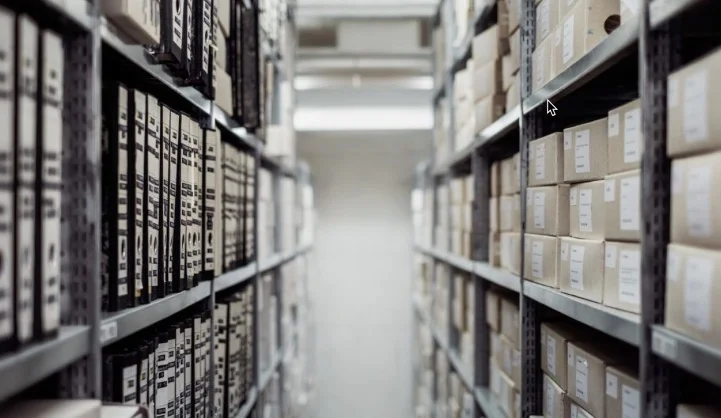Stuff happens
Here’s disaster recovery lite for businesses that don’t have a plan
By Laura Haight
Originally published as The Digital Maven in Upstate Business Journal, Aug. 25, 2017
A hurricane knocks out power and brings destructive flooding, a toxic spill forces the shut down of businesses and critical travel routes, a ransomware attack locks up your systems and disables your business.
These disasters and others happen somewhere almost every day. Their velocity and veracity may vary but regardless of where they occur or how severe they are businesses are affected
Most businesses don’t take the time to develop a complete disaster recovery or business continuation plan. (But if you want to explore the process, you can download a template and planning guide here).
For those without a plan, here are a few key things you can do to improve your ability to recover more quickly if disaster hits.
The Who: Make sure you have identified critical staff and vendors and have a complete contact list with their home and cell phone numbers. They should know that they ARE critical staff and what their role is. Have a contact name and number for your internet service provider, telephone company, and utilities. Don’t forget to include your account numbers and any service code you have established. These are things you probably have in the office. But depending on the situation, you may be trying to make these contacts from an outside location. Once that list is developed, make time to update it at least once a year. Share it with all your key staff and provide it in a format they can access even if their power is out.
Have a calling tree that ensures all key staff are notified that there is an “event” going on and that an emergency situation exists.
The What: Decide first if your business is capable of doing business without internet access. 24X7X365 businesses may have a secondary power source or generator. If your businesses depends on the internet, you may want a backup generator to power key computer locations or you may decide that you can afford to shut down for a day. Anything you absolutely have to have, you must have a backup for that will not be affected by the loss of power - likely the most common occurrence.
Even if you determine that you can or must close for a day or two, you will still need to be able to communicate that to customers. A emergency that shuts your business down for two days could be localized – something not all your clients would be aware of.
Your communication could be as simple as having an emergency message on your phone system and knowing how to activate it, or an automatic email response. If you use direct email marketing, a quick email to your customer list could be in order.
The When: The most important thing is that everyone know their job. Once you know what critical functions need to be performed, identify the key staff, and then ensure that they a) know their assigned jobs in the case of an emergency (which could be different from their usual responsibilities) and b) that they have instructions, guides, phone numbers, passwords and any other information they may need. Sometimes a key staffer could be one who is further away from the office. That may seem counterintuitive, but a weather event or power loss could be localized so a staffer who lives nearby might also be affected.
The Where: The cloud has made disaster planning a lot easier. If your company has cloud services for document storage, hosted email, customer relationship management, client communications, etc., then you are in a much better recovery position. But if you are lagging behind these technology advancements, you may need to go old school: flash drives handed out with some DR contacts and functional guides are one way to make sure key staff have the info they need to fulfill their role. You may want the flash drives anyway, since recovery from an online backup is not instant. Find out from your cloud provider how long it will take to restore backups in the event of a ransomware attack, for example.
The Why: We’ve all been in disruptive situations at work. Perhaps not on the scale of full shut down (I have, and that is no fun), but even the loss of a single system can send people spinning, and looking desperately for someone who knows what to do. In an emergency, you have to recognize that you cannot do everything exactly the way you would normally do it. Two things are essential when swinging into disaster mode: Speed and confidence. Your staff need to know that there’s a plan, that there are folks in charge who understand what the plan is, and that the tools they need to work the plan are available.
Finally, disaster or business continuity planning is not IT’s job. Regardless of whether your approach is a lean framework or a detailed step-by-step plan, if everyone hasn’t participated in developing it there is little chance of it being the saving grace that you need it to be.
Some disasters require primarily great crisis communications. Next Maven: What’s crisis communications and what do you need to do it well.










